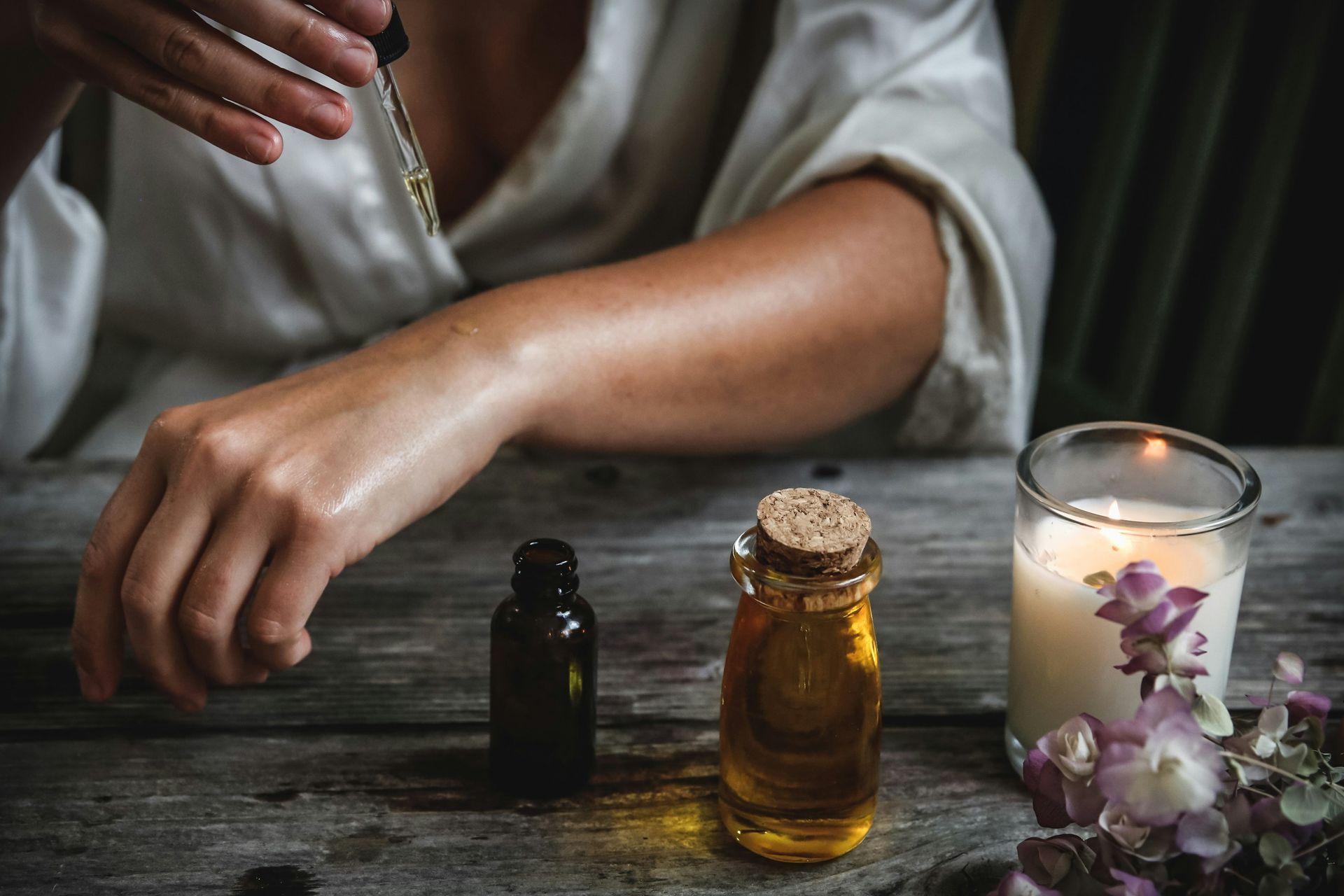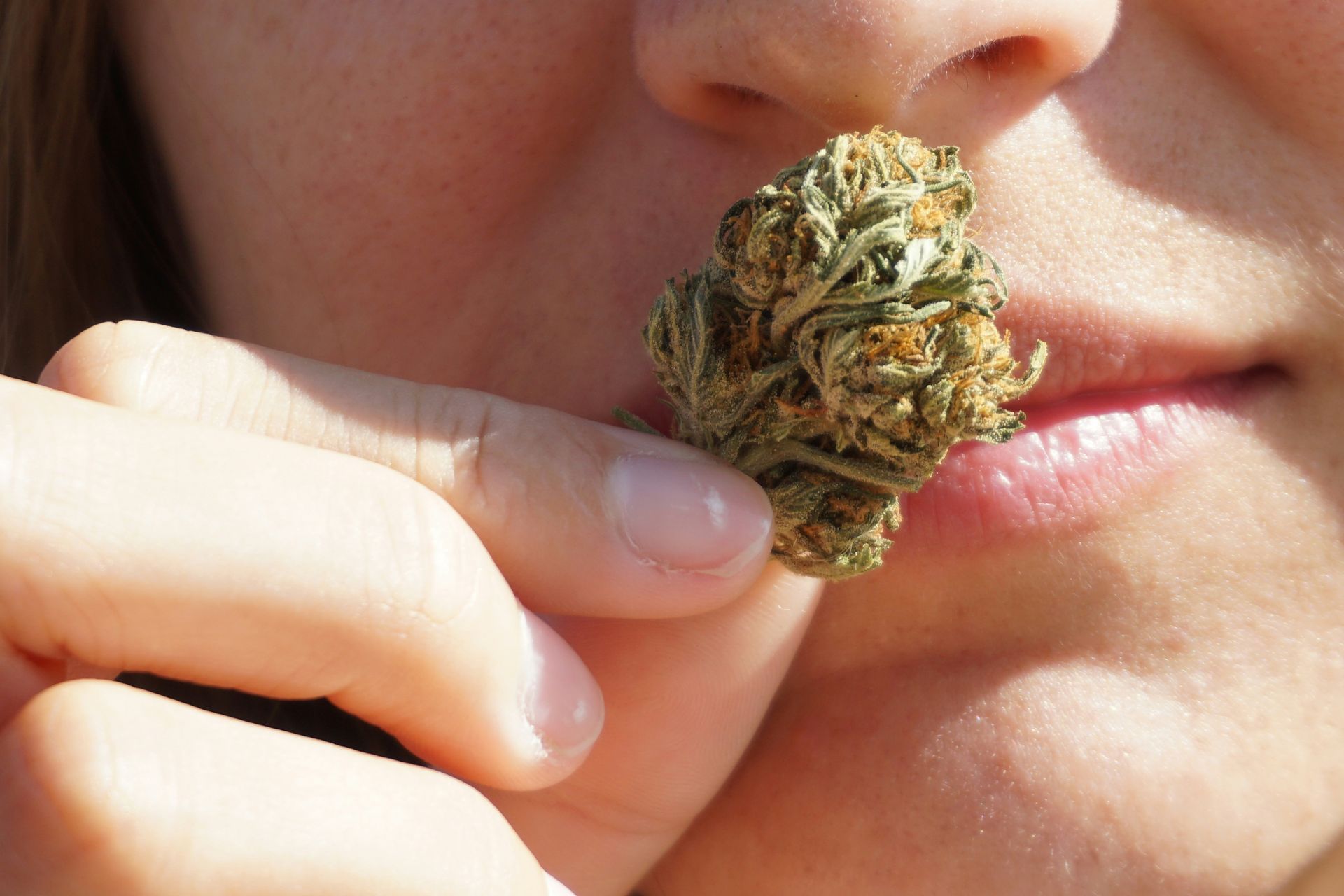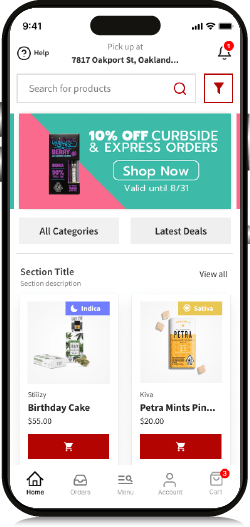
Exploring alternative methods of consuming medical cannabis offers valuable options for those seeking therapeutic benefits without smoking. From edibles to tinctures and topicals, various medical marijuana products cater to diverse preferences. Read on as we delve into these alternatives, uncovering their suitability for medical purposes and providing insights into their effectiveness and benefits.
What non-smoking methods can I use to consume marijuana for medicinal purposes?
When exploring non-smoking methods of consuming marijuana for medicinal purposes, several common alternatives offer diverse options.
- Edibles, derived from the cannabis plant, come in various forms such as infused snacks or beverages, providing discreet ingestion of cannabinoids.
- Tinctures, liquid extracts, offer precise dosing and can be taken sublingually or added to food or drinks.
- Topicals, including creams or lotions, deliver localized relief for pain or inflammation.
- Capsules offer a consistent dosing method akin to traditional medication.
However, it's essential to consider the safety risks associated with smoking cannabis and seek medical advice on the effects of marijuana consumption. Vape pens also provide an alternative method of consumption, vaporizing cannabis products without combustion. Exploring these non-smoking alternatives ensures flexibility and accessibility while minimizing potential risks associated with smoking marijuana.
How do edibles work as a method of consuming medical marijuana?
Edibles provide a discreet and convenient method of consuming medical marijuana, utilizing its active ingredients, including THC and CBD. Unlike smoking, which yields rapid psychoactive effects, edibles offer a slower onset, typically taking 30 minutes to 2 hours to take effect.
This slower reaction time can result in more controlled and prolonged benefits, making them a healthier alternative for some users. However, caution is advised due to potential drug interactions and slower reaction times. Exploring alternatives to smoking, such as edibles, offers diverse consumption methods while reaping the therapeutic benefits of cannabis.
What are tinctures, and how are they used for medicinal purposes?
Tinctures, available in liquid form, are cannabis extracts typically suspended in alcohol. Administered sublingually, the drops are placed under the tongue for absorption through the mucus membranes, offering rapid effects without smoking cannabis. This method provides precise dosing and versatility in consumption, as tinctures can also be added to food or beverages. Tinctures are thus favored for their efficient delivery of therapeutic benefits, offering an alternative to traditional smoking methods.
What are vaporizers, and are they a safe alternative to smoking medical marijuana?
Vaporizers, common methods of consuming medical marijuana, offer an alternative to smoking cannabis by heating the plant or extracts to produce a vapor.
Unlike smoking, vaporizing eliminates exposure to marijuana smoke and its negative effects, including respiratory issues associated with secondhand smoke. While research indicates vaporizing may reduce respiratory effects compared to smoking, caution is advised. While vaporizers, including vape pens, offer potential benefits, it's essential to weigh the risks and benefits of different consumption methods for medical marijuana use.
Can topicals be used for medical marijuana purposes without smoking?
Topicals offer a non-smoking method for medical marijuana use, avoiding exposure to harmful effects associated with smoking cannabis. Unlike smoking, which can lead to negative respiratory effects and exposure to marijuana smoke, topicals provide targeted relief without entering the bloodstream. By bypassing the psychoactive effects typical of smoking, topicals offer a safer alternative for individuals seeking the therapeutic benefits of medical marijuana while minimizing potential harm from smoking. Therefore, topicals serve as an effective and convenient option for those looking to alleviate symptoms without the adverse effects of smoking cannabis.
Are there sublingual products available for consuming medical marijuana?
Sublingual products for medical marijuana consumption are available, containing substances like THC and CBD found in marijuana. These formulations, such as tinctures or sprays, are absorbed through the mucous membranes under the tongue, bypassing the digestive system. Unlike smoking, they offer rapid onset of effects with precise dosing, minimizing health risks associated with adverse effects of marijuana use. Sublingual options like hash oil mitigate negative effects and provide therapeutic benefits without exposing users to the potential health risks of smoking or other adverse effects associated with marijuana consumption.
What are the considerations for dosing when using non-smoking methods of marijuana consumption?
When considering non-smoking methods of marijuana consumption, it's vital to address dosing considerations to optimize therapeutic benefits while minimizing risks of adverse effects and potential for abuse. Factors such as individual tolerance, cannabinoid content, and the potential for secondhand marijuana smoke exposure must be carefully considered.
Begin with a low dose and gradually adjust, being mindful of the onset and duration of effects. Consulting healthcare professionals or knowledgeable budtenders can provide tailored guidance on dosing strategies, ensuring the safe and effective use of marijuana for medical treatments. Additionally, be aware of safety issues, negative health effects, and the strong smell associated with common and special forms of marijuana products.
What factors should I consider when choosing an alternative method for consuming medical marijuana?
When opting for an alternative method to consume medical marijuana, several crucial factors must be considered. Start by consulting your healthcare provider to assess your medical needs and any potential risks, particularly if there's a family history of marijuana use disorder. Be mindful of the prevalence of recreational marijuana use and its negative health effects, including physical health concerns. Consider the method's onset and duration of effects, dosing precision, and safety issues such as exposure to secondhand marijuana smoke. Ensure the chosen method aligns with your medical treatment goals, preferences, and any special forms required for your condition.
Conclusion
In conclusion, selecting an alternative method for consuming medical marijuana requires careful consideration of individual medical needs, preferences, and potential risks. Consulting with healthcare providers is essential to ensure safety and efficacy, particularly for individuals with a family history of marijuana use disorder. Awareness of the prevalence of recreational marijuana use and its associated negative health effects is crucial. By prioritizing safety, efficacy, and alignment with medical treatment goals, individuals can make informed decisions for their health and well-being.






